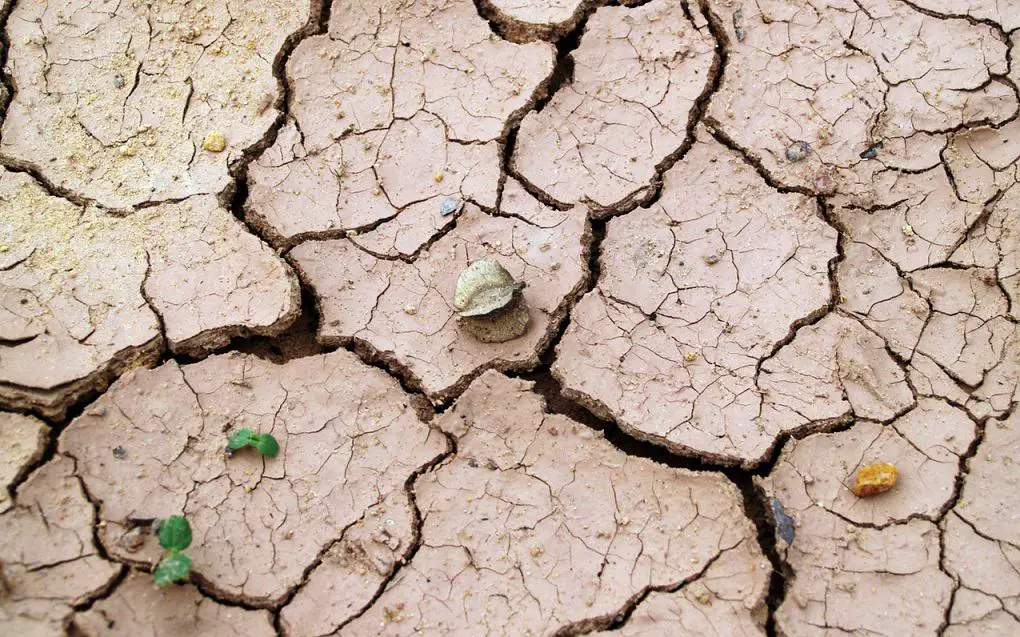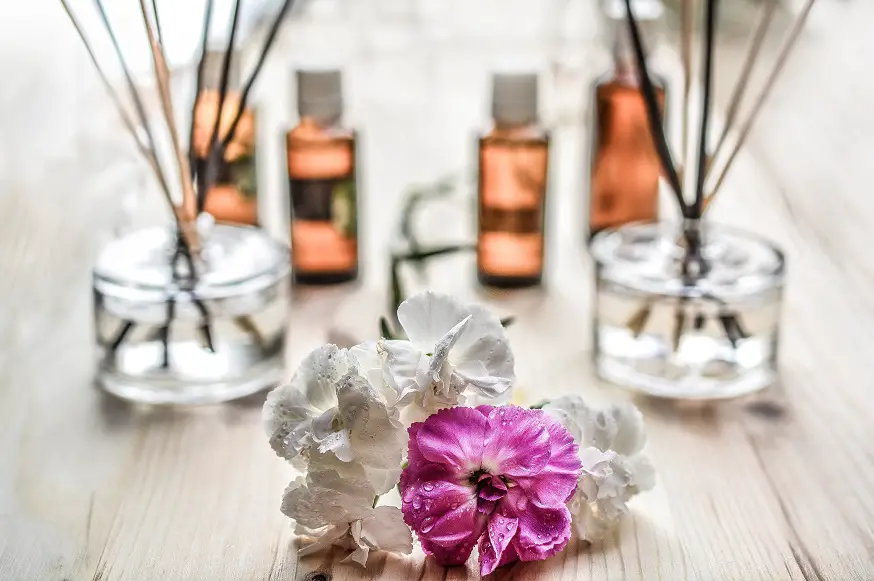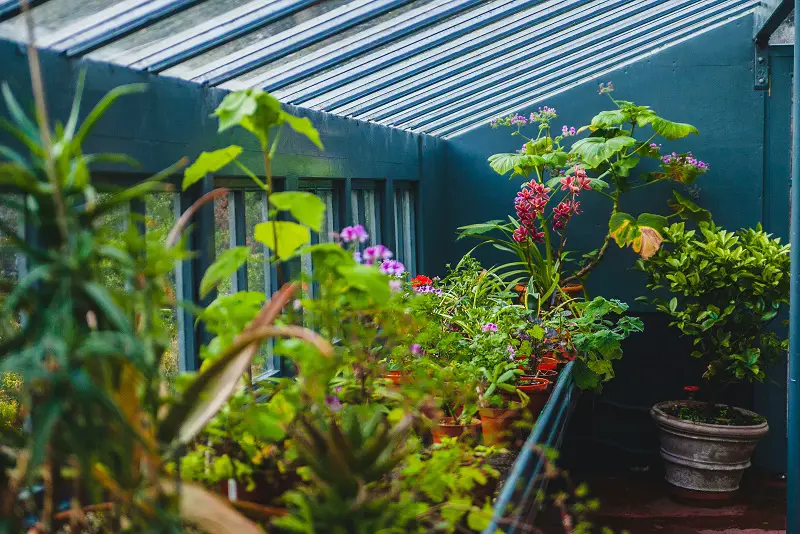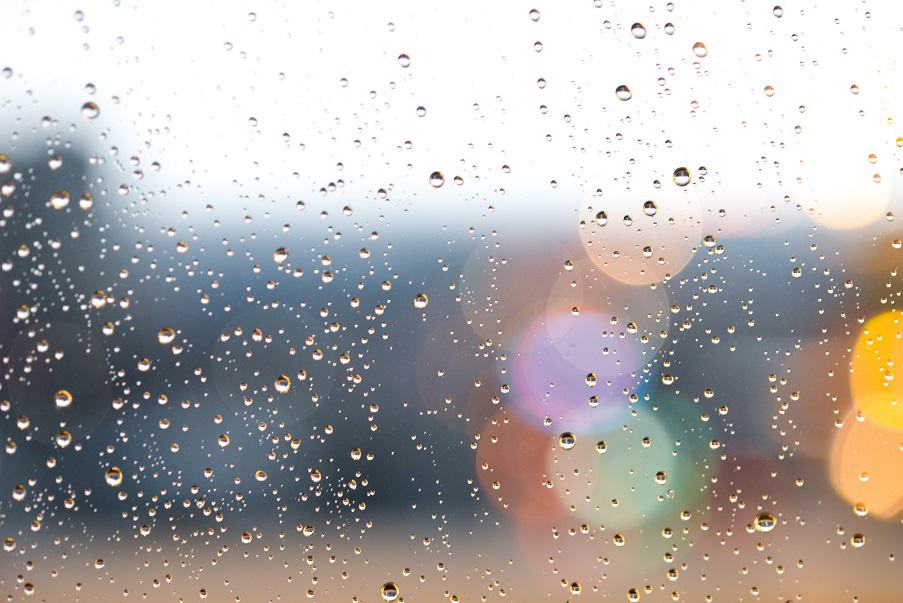Table of Contents
**This page contains affiliate links and I will be compensated if you make a purchase after clicking on my links**
Photo by Kristya Nugraha from Pexels
In our pursuit of the perfect sleep experience, we’ve adjusted the temperature, chosen the optimal layers of bedding, and snuffed out all extraneous light. Everything to help clear our minds and improve our comfort.
But what about humidity?
Humidity is the amount of water in the air, which varies with your location and the time of year. The summer months can be “muggy”, while the winter months are “dry”.
The perfect humidity is 50%.
Although the general consensus is that humidity should be between 40-60% for comfort, the Mayo Clinic recommends 30-50%.
What’s my humidity?

Image by Csaba Nagy from Pixabay
Measure humidity with a hygrometer.
Odds are you already have one in your home in several places. That high-tech digital thermometer also included a hygrometer. Your thermostat may also have one build in as well.
If not, cheap ones are available from your favorite online store.
Humidity too high?
If humidity is too high you feel sweaty and sticky.
This is not great for your home either, as the paint may start to peel, and wood, like people, prefers an optimal humidity.
The biggest issue is that high humidity encourages the growth of mold, which is not good for your health. Many of us have allergies to mold spores, which will lead to breathing problems, including asthma.
For this reason, the CDC recommends keeping your humidity levels below 50%.
In addition to mold, high humidity will create an optimal breeding ground for dust mites. These microscopic creatures live in our mattress, pillows, and bedding and live off the dead skin we slough off.
Most of us never notice them. However, dust mites are a source of allergies for many of us.
According to a study by Arlian, 1992, dust mites thrive at a humidity above 65-70% but start to die at humidity ≤ 50%.
Likewise, the Mayo Clinic also recommends maintaining your home below a humidity level of 50% to keep dust mites at bay.
Health issues aside, high humidity will enhance the good and not-so-good smells in your home, especially the growing mildew.
How to reduce humidity
The two easiest ways to reduce humidity:
- Run your air conditioner (or furnace)
- Run a dehumidifier
A dehumidifier works like an air conditioner but without the cooling. They come in various sizes to cover different-sized rooms. Many are larger and designed for a damp basement. Those designed for single rooms are small and portable. Some have upper limits, such as 90-95% humidity.
Look for ones with an automatic humidity sensor. It will turn on when the room hits the high humidity that you specify.
Don’t forget to empty out the water reserve that will accumulate the water collected from your room.
To further reduce humidity, also run the fan in your bathroom during and after showering. Most homes have an underperforming bathroom fan. You may wish to have yours checked out by a contractor. It may require an upgrade or simply cleaning.
- And take shorter showers
Likewise, run the exhaust fan over your stove. Again, you may need to consult with a contractor on whether it’s working at peak efficiency.
- Check the filter in your HVAC
You’re supposed to change those every 3-6 months. Did you remember? Allergy sufferers can upgrade their filters to catch more allergens, along with pet hair and dust.
- Use your dryer
Dryers (should) vent to the outside, so the dryer itself won’t help you. However, it will keep you from hanging wet clothing all over your house. If you must air-dry, hang your laundry outside.
- Remove your carpet
Depending on what it is made of, carpet, just like fabric, absorbs moisture. If your carpet is laid over cement, that moisture isn’t going anywhere, except into the air around you.

Humidity too low?
Low humidity isn’t great either.
Hardwood floors that swelled with too much humidity, now constrict.
Your skin may become dry, flaky and itchy. Annoying for you, but a nightmare for those with eczema and similar skin problems.
The biggest issue may be breathing issues. Your sinuses dry out, including the protective mucous that usually traps allergens, bacteria, and viruses. Allergy symptoms will worsen, and you become more susceptible to the cold and flu. (One reason cold and flu is more prevalent during the dry winter months.)
In addition to asthma, dry air increases your risk of bronchitis, sinusitis, and nosebleeds.
How to increase humidity
The easiest way to increase humidity:
- Run a humidifier
You fill up the tank with water and the humidifier will release either steam or mist.
- The Mayo Clinic warns us to talk with your doctor before using a humidifier if your child has asthma or allergies. Humidity that is either too high or too low can aggravate symptoms.
Look for one with a large enough tank to meet your needs based on your room size; 4 liters is average. Most will last overnight on the highest mist setting.
If you live in a very dry climate, realistically that small 3-liter value model probably won’t do much good.
The humidifier should have an automatic shut-off if the tank goes dry. More advanced models have a built-in hygrometer: set your preferred humidity level and the humidifier will work until your ideal number is achieved.
Cool mist vs warm mist
Many claim that warm mist “sterilizes” the air. There’s no guarantee, however, the Mayo Clinic does indicate that cool mist humidifiers are more likely to disperse bacteria and mold than the warm mist versions. (See cleaning below.)
When it comes to helping cough, and other congestion symptoms, the water vapor is room temperature by the time it gets to our lungs regardless of its initial temperature.
The Mayo Clinic further reminds us that the evidence that humidifiers help these symptoms is lacking.
They go on to warn against using warm mist humidifiers around children to avoid burns from getting too close or accidental spills.

Photo by Pixabay
Infuse essential oils
Many humidifiers have the added feature of allowing you to add a few drops of essential oils to be combined with the water and misted out into the room.
These pleasant smells may help you relax, which is always a positive when it comes to sleep.
However, although essential oils are considered safe for adult humans when properly used, they can be highly toxic to dogs, and especially cats.
>> DO NOT Infuse essential oils in a household with pets <<
As humans, we have the correct liver enzymes to break down these compounds. Dogs, cats, and other animals lack these enzymes. They are especially susceptible to phenolic compounds, which are common in plant-based essential oils.
Pets will breathe in the mist. Birds are especially sensitive to inhaled essential oils. In addition, droplets of mist fall on surfaces that the pets walk or lie on. When they groom themselves by licking they ingest more.
According to the Pet Poison Helpline, symptoms of poisoning in cats include drooling, vomiting, tremors, ataxia (wobbliness), respiratory distress, low heart rate, low body temperature, and liver failure.
If your animal shows any of these symptoms, seek out emergency veterinary care.
But even if your animal doesn’t show these symptoms doesn’t mean you’re in the clear. Continued exposure to low doses of poison will lead to liver failure in all of us.
Poisonous to Cats
- Melaleuca oil (Tea Tree oil)
- Pennyroyal oil (Mentha pulegium)
- Oil of Wintergreen (Galtheria procumbens)
- Pine oils (Pinus sylvestris)
- Oil of sweet birch
- Citrus oil (d-limonene)
- Ylang Ylang oil
- Peppermint oil
- Cinnamon oil
- Clove oil
- Eucalyptus oil
Poisonous to Dogs
- Melaleuca oil (Tea Tree oil)
- Pennyroyal oil (Mentha pulegium)
- Oil of Wintergreen (Galtheria procumbens)
- Pine oils (Pinus sylvestris)
This is not a complete list. Information is available from https://www.petpoisonhelpline.com/blog/essential-oils-cats/ and https://www.petpoisonhelpline.com/pet-safety-tips/essential-oils-dogs/
For additional information, the ASPCA publishes a very lengthy list of plants that are toxic and non-toxic to both cats and dogs. If the plant is poisonous, then the essential oil is as well.
In addition to essential oils, please check the label on your favorite room sprays and cleaners. A lot of the “natural” products popular now are ironically very unsafe. Likewise, if your pet likes to “bathe” you, also check your hand lotion and perfume.
Yes, some sources claim certain essential oils are “safe” for pets. Personally, I would talk to your vet before considering the use of any essential oils. Or use them only in a room where your pet is “banned.”
Likewise, if you are planning to use essential oils around babies, children, pregnant women, the elderly, or anyone with liver problems, I would get the okay from a medical professional before proceeding.
If you have the go-ahead to diffuse essential oils, use them intermittently, and limit your exposure to only 30-60 minutes at a time. Don’t keep it going all night while you sleep.
Like most things, more is not better. Intermittent exposure not only keeps overall exposure to a minimum but prevents your nervous system from adapting to the scents. Once you adapt, any additional benefit is minimal.

Photo by Heather Mount on Unsplash
Keep your humidifier clean
Because you are dispersing mist into the air, the last thing you want is for it to carry bacteria or mold.
When not in use, empty the water tank and allow everything to dry out completely.
Clean it per the manufacturer’s instructions. This usually involves adding a teaspoon or so of distilled white vinegar to a half-filled tank. Swirl it around, let it sit for around 30 minutes, and rinse.
The mild acid in the vinegar will help dissolve mineral deposits. (And FYI it also works with coffee makers.)
Many humidifier purists insist that only distilled water should be used. Personally, I can’t be bothered, but as a result, I expect that I will need to clean more mineral deposits as they accumulate. And the lifespan of my humidifier may be shorter.
Diluted bleach may also be allowed to help disinfect, but make sure the water tank is thoroughly rinsed afterward.
Other tricks to increase indoor humidity
These won’t be as effective as a humidifier, but they don’t hurt. Basically, do the opposite of what you did to reduce humidity.
- Use your shower with the door/curtain open and without the fan
- If you are bather instead, let the warm bath water cool before draining. (Not for homes with young children.)
- Skip your dryer and hang your wet clothes all over your home
- Skip the dry cycle of your dishwasher. Open it up and let all that nice steam escape…
- Use a teapot on the stove to heat water for tea, creating steam
- In the winter, if you have heating registers in the floor, create a make-shift humidifier by placing a metal, glass, or ceramic bowl of water on or near the register.
- Add an indoor fountain…great for relaxing
Add plants
Some plants are better at reducing humidity; others are better at increasing it. One or two plants are lovely, but they won’t make much difference. Fill your entire room with large plants and you may measure a change.
Plants take in water mostly from their roots but sometimes also from their leaves. Water from their roots moves to their leaves, and out, via a process called transpiration. This happens when the water vapor pressure is higher inside than outside.
Most plants, especially large leafy plants, will help increase surrounding humidity. (For this reason, sitting under a tree in the summer feels cooler than sitting under shade alone.)
These transpiring plants will release more when it’s dry in the surrounding air. As humidity increases, transpiration decreases. So, plants help maintain humidity balance.
Xerophytes, on the other hand, are plants that have adapted to living in dry desert conditions. These include cacti, succulents, and many other plants. To conserve water, they transpire little. Indeed, they prefer to pull water out of the surrounding air when its available, such as dew that may form at night in the desert.
Likewise, epiphytes (“air plants”), such as Tillandsia and orchids, rely on their leaves and stems to absorb the water they need, so they too, are pulling it out of the air.
Keep in mind that your plants may not be happy with your current humidity level. Desert plants will love the dryness but will not help improve the situation. Likewise, tropical plants may be good at increasing local humidity, but they won’t be happy about it. To thrive, they require high humidity levels, from 50-80%.
Want to learn more about the products mentioned?
[If you experience issues with menus or links not working, it is most likely due to your Ad blocker.]



